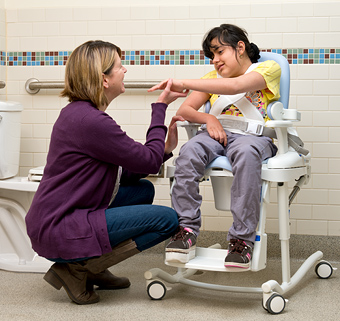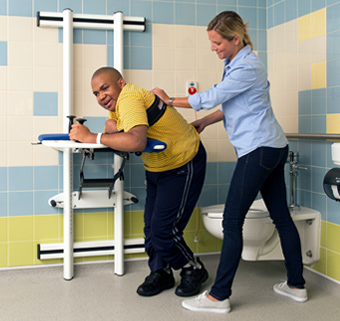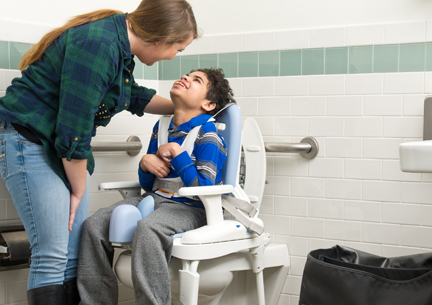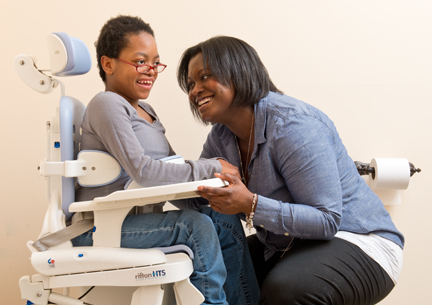Using Prompts to Improve Toilet Training for Children with Physical Disabilities
| March 2023 Achieving toilet training is a highly-anticipated milestone for every child and their parents. It requires maturity in motor skills and cognition as well as emotional readiness. It combines the organization and understanding of sensory cues with communication, motor planning, and timely task performance. Children typically achieve day-time continence between two and four years old. However, for children with multiple disabilities, toilet training is a longer, more complicated and stressful process. No single method is certain to succeed, yet toilet training for these children is possible. Certain strategies can help improve results, including the often-overlooked strategy of using prompts to guide learning.
Achieving toilet training is a highly-anticipated milestone for every child and their parents. It requires maturity in motor skills and cognition as well as emotional readiness. It combines the organization and understanding of sensory cues with communication, motor planning, and timely task performance. Children typically achieve day-time continence between two and four years old. However, for children with multiple disabilities, toilet training is a longer, more complicated and stressful process. No single method is certain to succeed, yet toilet training for these children is possible. Certain strategies can help improve results, including the often-overlooked strategy of using prompts to guide learning.
The following whitepaper, Using Prompts to Improve Toilet Training for Children with Physical Disabilities, describes the effective use of prompts to shape behaviors and function during the toileting process for successful toilet training outcomes in children with physical disabilities.







